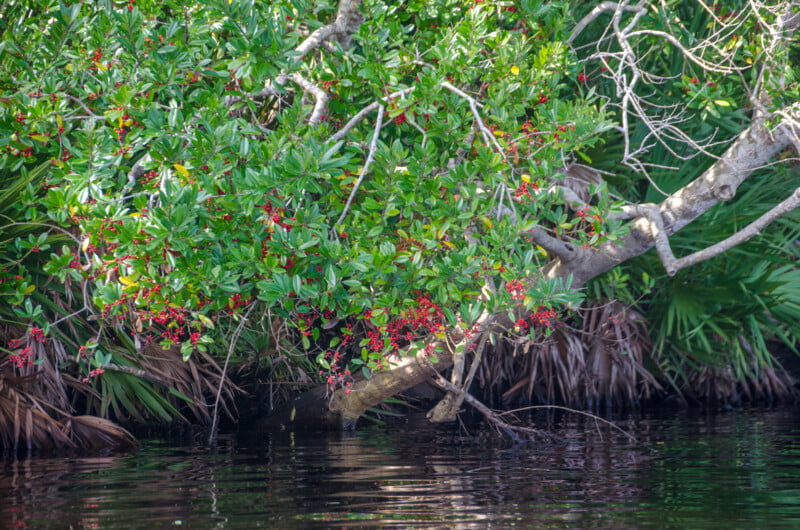Dahoon (Ilex cassine) is a versatile evergreen shrub, revered for its ecological benefits, aesthetic appeal, and resilience.
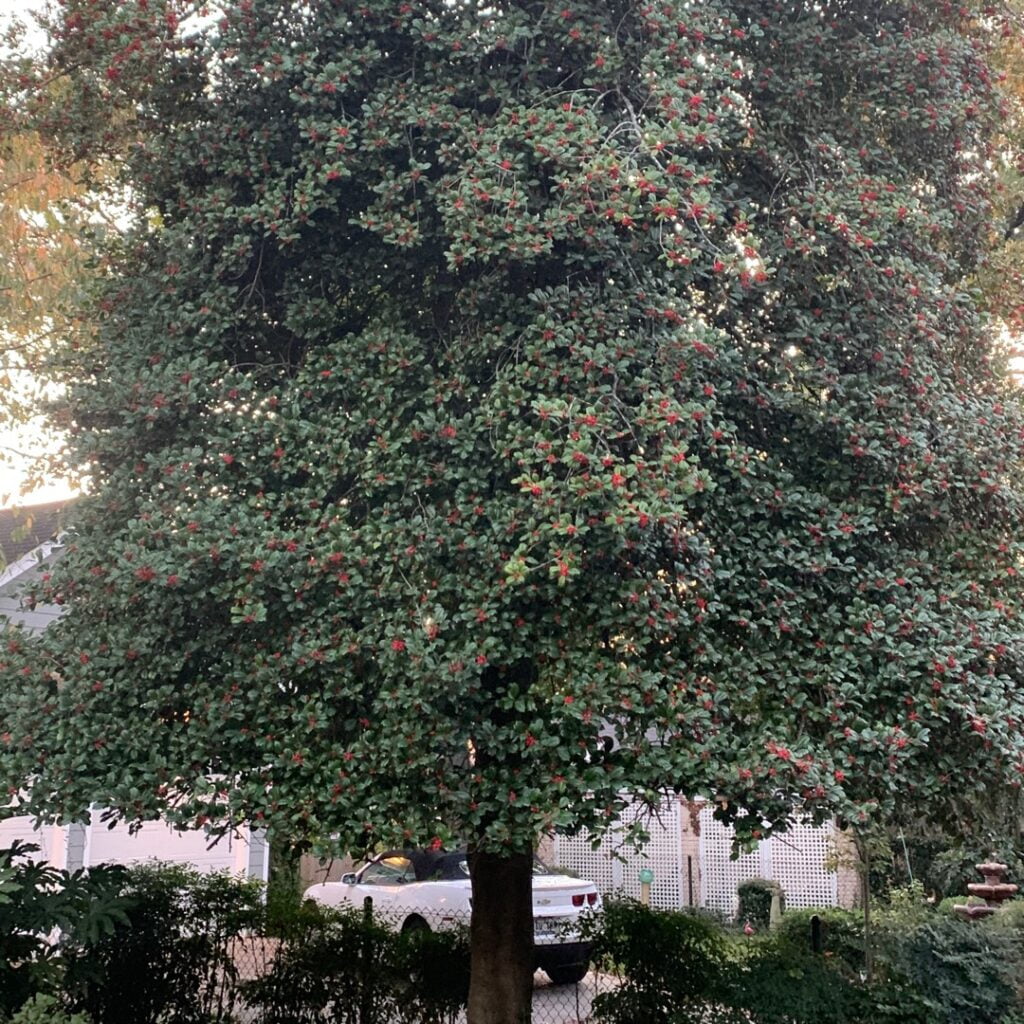
Native Range and USDA Zones:
Native around the Gulf of Mexico, Dahoon can be found in the southeastern United States, parts of the Caribbean, and Central America, this multifaceted plant plays a pivotal role in both natural ecosystems and cultivated gardens.
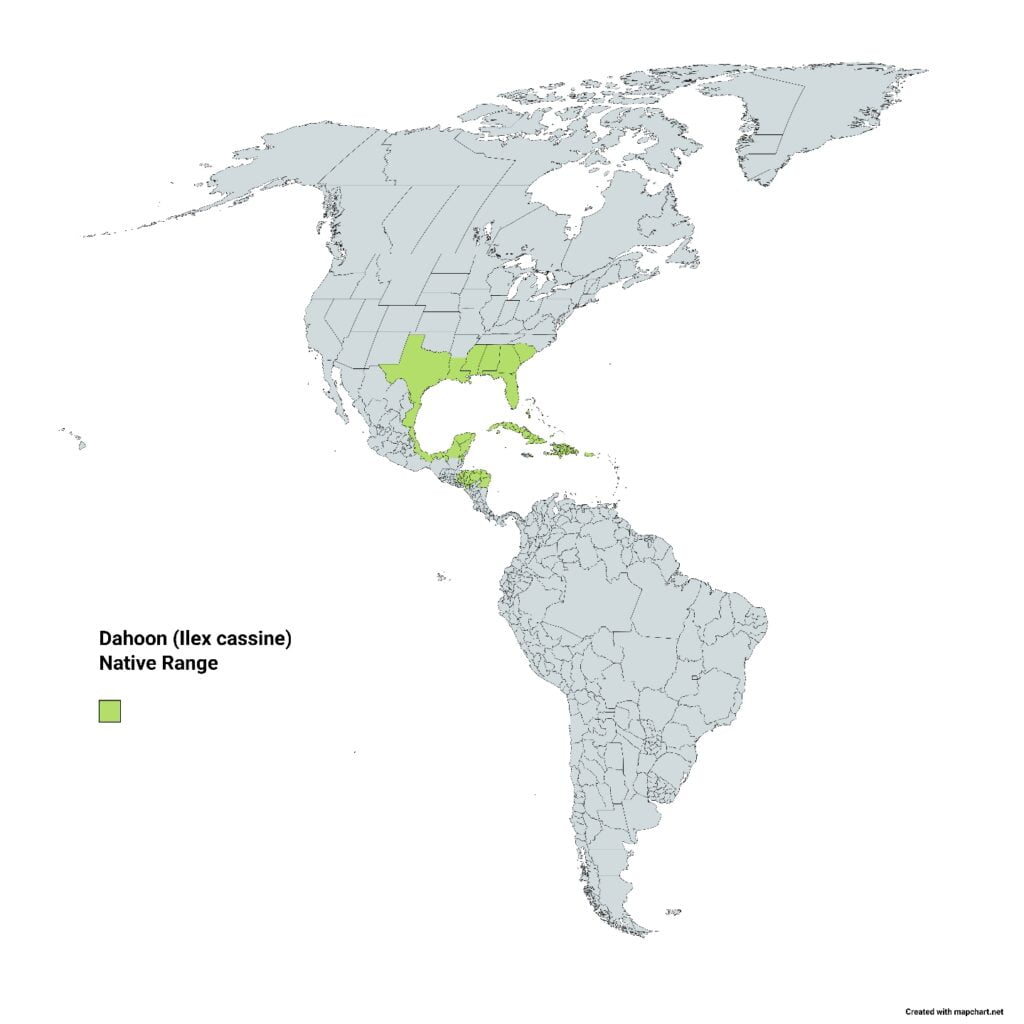
Dahoon thrives in USDA hardiness zones 7 through 11, illustrating its adaptability to a range of environmental conditions. It naturally graces wetlands, swamps, and the margins of ponds and rivers, exhibiting a pronounced tolerance to both flooded conditions and moderate dry spells.
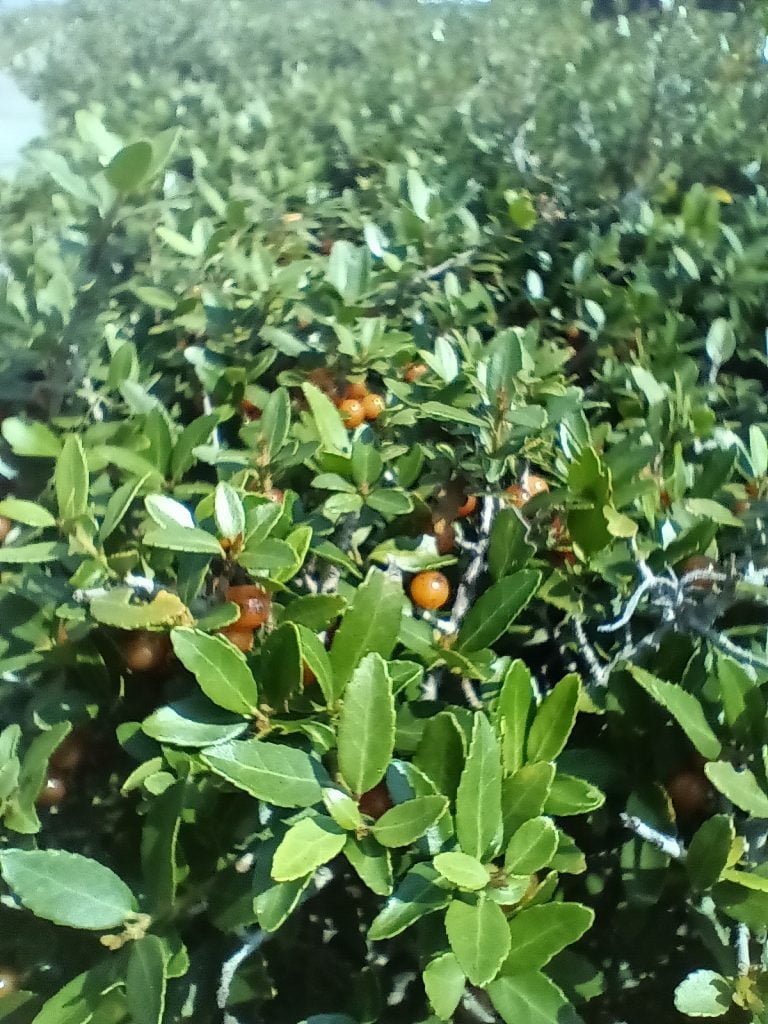
20 Florida-Native “Black Drink Holly” Seeds (Ilex nigrempotum) formerly “Yaupon”
20 or more seeds of the Florida-native, Black Drink Holly (Ilex nigrempotum), formerly known as “Yaupon.” Origin: Polk Co. FL Zone 9b.
Ecology and Wildlife:
In the wild, Dahoon serves as a sanctuary for diverse fauna. Its dense foliage and the security it offers make it a haven for birds, small mammals, and particularly, butterflies. The vibrant red berries, a trademark of Dahoon, are not just a visual delight but also a vital food source for wildlife, especially birds, during the colder months.
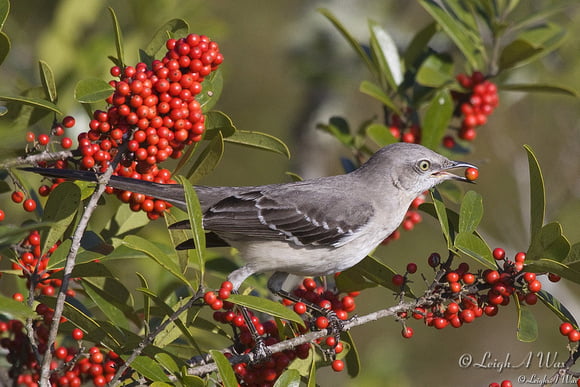
Butterfly Shelter Plant:
For butterfly enthusiasts, Dahoon emerges as a shelter plant par excellence. Its robust branches and thick leaves provide a safe space for various butterfly species during pupation. Amidst the safety of Dahoon’s leaves, chrysalises morph into stunning butterflies, contributing to biodiversity and ecological balance.
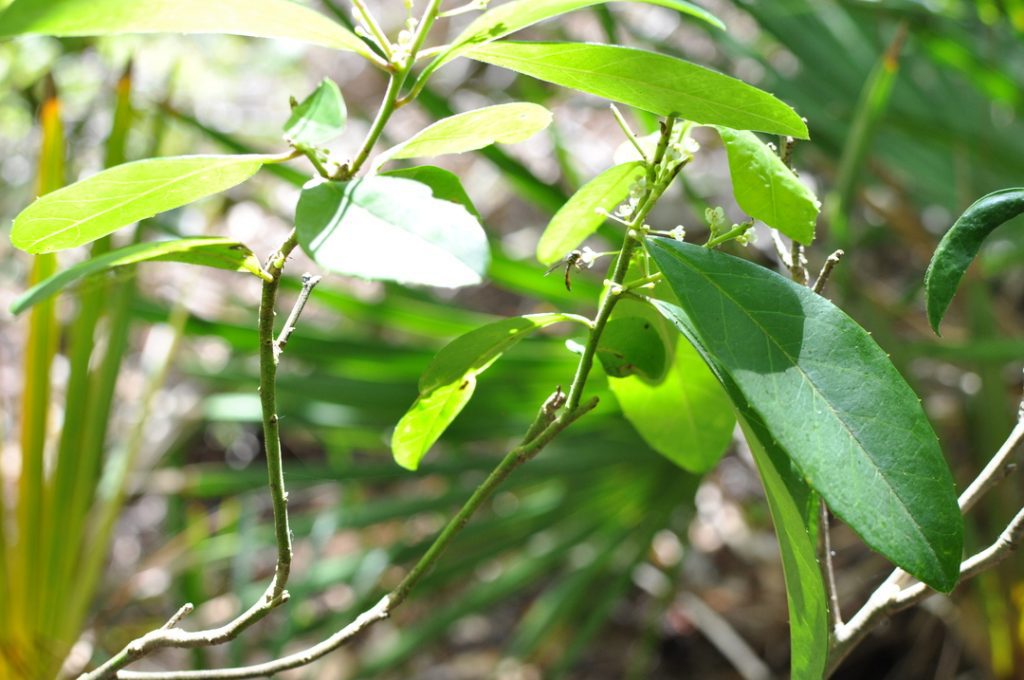
Role as a Larval Host Plant:
While more research is required to detail its role as a host plant, anecdotal evidence and localized studies suggest that certain caterpillar species may utilize Dahoon for sustenance during their larval stage, making the plant an integral part of their life cycle.
Germination Instructions:
Propagating Dahoon from seeds is a rewarding venture. For optimal germination, clean the seeds and remove the pulp, followed by a cold stratification period of about two to three months in a moist medium at 41°F (5°C). Plant stratified seeds in a well-draining soil mix, maintain moderate moisture levels, and place them in a location with filtered light. Patience is key, as germination can be slow and staggered.
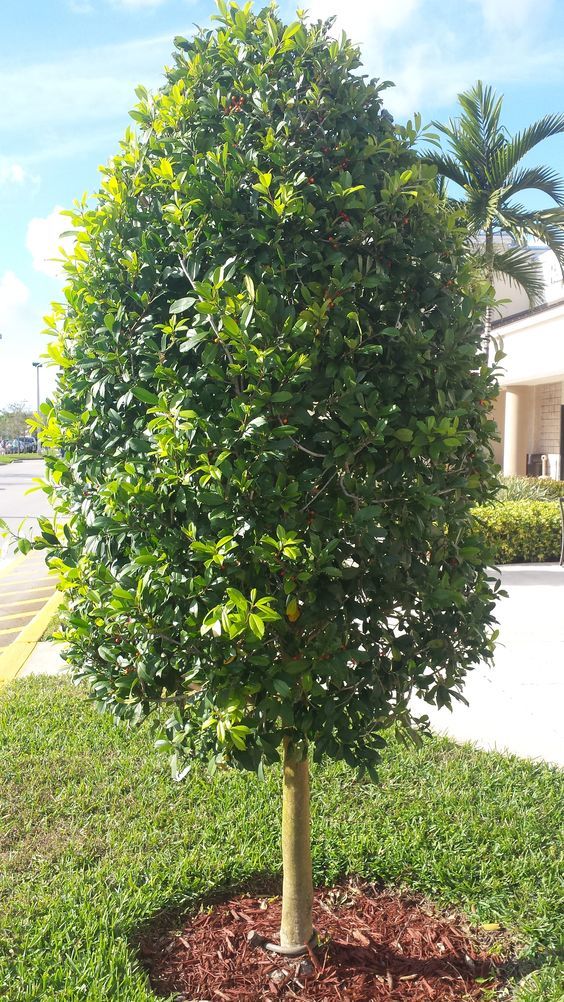
Use in Flower Arranging:
The aesthetic appeal of Dahoon is undeniable. Its glossy green leaves, coupled with the radiant red berries, are a popular choice for flower arrangements, wreaths, and holiday decorations. The plant’s ability to retain its vibrancy makes it a favored option for both fresh and dried arrangements.
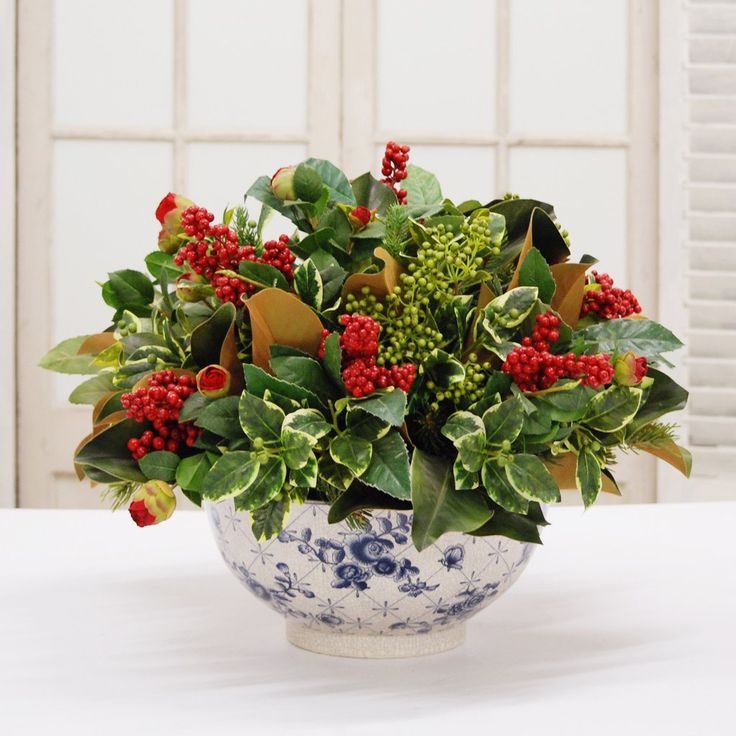
Interesting Facts:
Dahoon exhibits sexual dimorphism, with separate male and female plants. The female plants produce the iconic red berries, assuming they are pollinated. This distinct characteristic amplifies the plant’s ecological value, promoting cross-pollination and genetic diversity.
Xanthine and Caffeine Content:
An intriguing aspect of Dahoon (Ilex cassine) lies in its chemical composition, particularly its content of xanthine compounds, similar to those found in tea, coffee, and chocolate. Xanthines are alkaloids that include caffeine, theobromine, and theophylline, lending these consumables their stimulating effects. The presence of these compounds in Dahoon, and of course in Black Drink Holly, has sparked interest among botanists and herbal enthusiasts alike.

20 Florida-Native “Black Drink Holly” Seeds (Ilex nigrempotum) formerly “Yaupon”
20 or more seeds of the Florida-native, Black Drink Holly (Ilex nigrempotum), formerly known as “Yaupon.” Origin: Polk Co. FL Zone 9b.
While it’s not typically consumed like the famed Yerba mate or Guayusa, both holly relatives with pronounced caffeine content, Dahoon’s xanthine content could inspire future research into its potential applications beyond the ecological and ornamental. This adds another layer of fascination to this already versatile plant, hinting at the untapped potential waiting to be explored by scientists and enthusiasts. Every leaf and berry of the Dahoon could be not just a visual spectacle or a sanctuary for wildlife but also a reservoir of biochemical potentials yet to be fully unveiled.
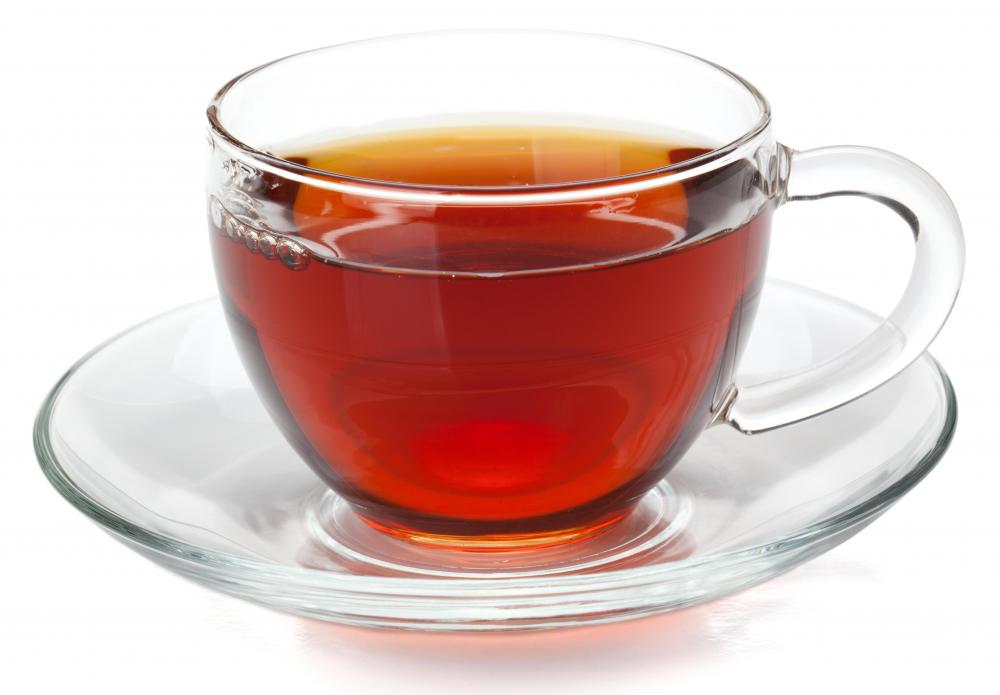
Conclusion:
Dahoon is not just a plant; it’s a symphony of ecological harmony and aesthetic splendor. Each leaf, berry, and branch is a testament to nature’s ingenuity, offering shelter, food, and beauty. For those looking to enrich their gardens, contribute to local ecosystems, or explore the art of flower arranging, Dahoon stands as a testament to the harmony between humanity and nature, a melody of coexistence that underscores the shared journey of every life form on this planet… one day at a time!

20 Florida-Native “Black Drink Holly” Seeds (Ilex nigrempotum) formerly “Yaupon”
20 or more seeds of the Florida-native, Black Drink Holly (Ilex nigrempotum), formerly known as “Yaupon.” Origin: Polk Co. FL Zone 9b.
